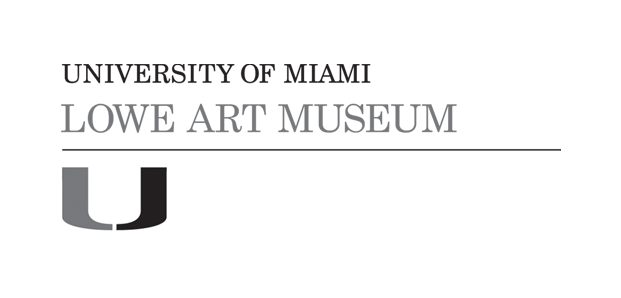Dragon
Artist/Maker
Olmec
(Gulf Coast, Mexico) Dateca. 1500-400 BCE
CultureOlmec
Mediumbasalt stone
DimensionsOverall: 12 5/8 x 13 5/8 x 18 1/2 in. (32.1 x 34.6 x 47 cm)
ClassificationsVisual Works
Credit LineGift of Edward R. Roberts
Object number2006.31.1
DescriptionThe dragon is the most significant zoomorphic creature represented in Olmec art. A hybrid of a caiman and a harpy eagle, it symbolically conveys the idea of movement through earth, water, and sky. The visual traits most commonly associated with this iconic creature are L-shaped eyes, flame eyebrows, toothless gums, and a hand-paw motif used to indicate limbs. This basalt sculpture of an Olmec dragon has a reptilian or amphibian body and eyes surmounted by flame eyebrows. The nose is suggested by a pair of half-circles, the bifid, or cleft, tongue emerges from a toothless mouth, and its four limbs are barely cut into the stone. As in most of these representations, the dragon is portrayed in a crouching position, with its head pointed upward and its extremities tucked into to the body. Unusual traits, such as the overall rounded shape and the depiction of the lower jaw, make this piece unique. Though usually represented with the body of a crocodile or iguana, this dragon incorporates the image of a toad, an animal that in Olmec art has associations with earth, longevity, and fertility.













